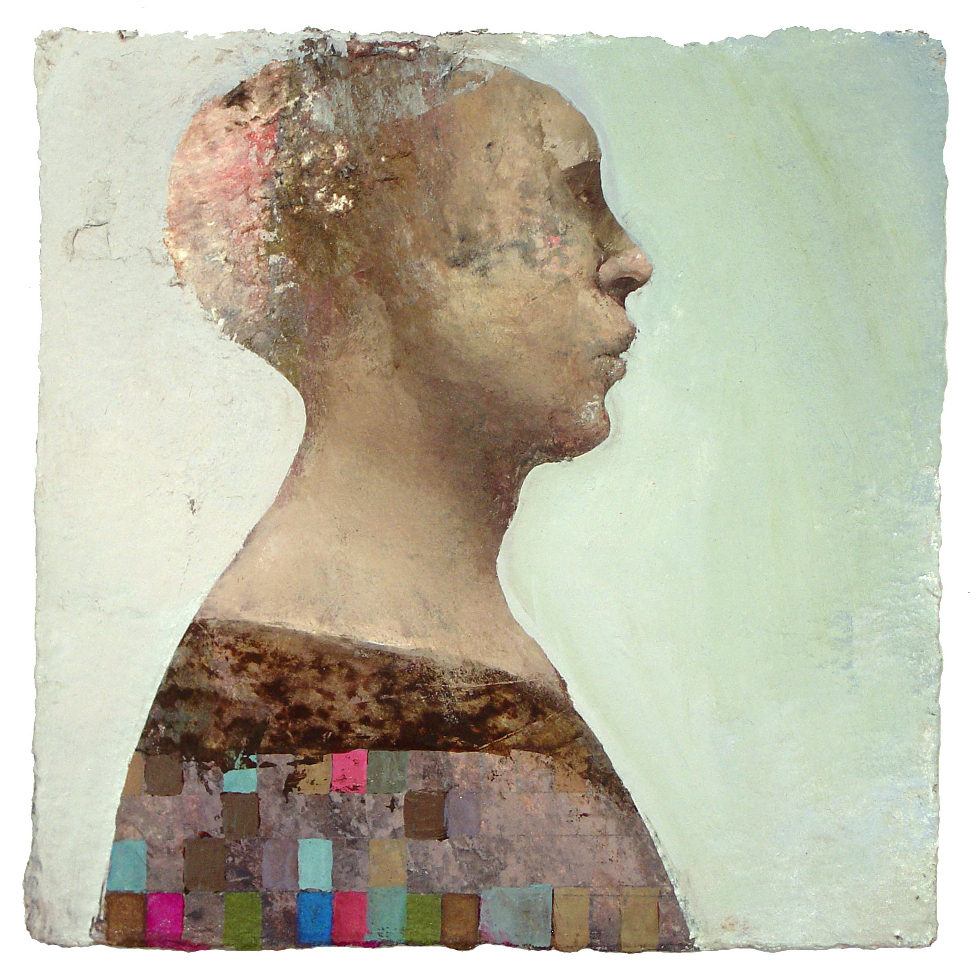
There are eight of us tonight at the Tarot School. We’re sitting around a long, brown conference table in a small, grayish white room. The class meets weekly on Monday nights, on the sixteenth floor of a nondescript office building, on Seventh Avenue in New York City. “How will the court case come out?” a woman in her late forties wants to know. “Will it resolve well for me, or I am going to have to pay?” Those sitting around the table stare at her intently, thinking about her question, despite not knowing much more about her situation than what little she has told us. She and an unidentified man are locked in an ambiguous case where she stands to make a considerable amount of money. The case has been dragging; she is tired and would like the entire issue to be resolved so that she can move on with her life. “Okay,” Wald, the co-owner of the school, says, moving us toward the “reading practice” portion of the three-hour class, “who would like to read for Jill? You’re all accomplished readers, some with more knowledge than others, but all of you can answer this question given what you know about Tarot. Who wants to try it? Sara? Sara… why don’t you read the cards for Jill?”
Silence as Sara looks to Wald and then to Ruth Ann, the other co-owner of the school and Wald’s wife, and she smiles a bit shyly, to convince herself that she is up to the task. “Okay, let’s see what they say.” Sara “clears” her cards of negative energies by waving her hand over the pile and then picks them up to shuffle her deck (being the “Universal Waite,” which is an updating of the popular Rider-Waite-Smith deck, which is often abbreviated as the Rider-Waite, thus erasing the authorship of the woman who illustrated the cards, Pamela Coleman Smith). Shuffling the cards deliberately, Sara then lays the deck face down in front of Jill. “Please cut the deck into two piles using your left hand,” she asks. Jill does this, and as she does Sara explains that she will do a spread with two columns—the left column will be the “yes” column, representing the expansive forces that are working toward a positive resolution for Jill, and the right column will be the “no” column, representing restriction or the challenges that may be in the way of such a resolution.
I note to myself that this seems like a pragmatic way to hedge the divinatory challenge of “yes or no” that Jill is posing. Although many people at the school describe themselves as “intuitive” or report receiving unexpected “psychic hits” during the card readings, no one likes to be tested by a strict yes-or-no question.
I feel the pressure of the question and wonder how Sara is feeling about the reading.
A successful reading hinges on the ability to be, as Wald likes to say, “a master of your own ship,” which means someone who is in charge of the reading, who can integrate themselves into the reading, and who can tune in to the message the cards are sending. The mastery here comes in learning to choose your words properly but also putting the person receiving the reading at ease.
“Okay, let’s see what the cards say,” says Sara. “Let’s do the ‘yes’ column first,” she says as she flips over the card. “The Three of Pentacles, oh, a good sign. Now, for the ‘no.’” “The Nine of Wands. Okay.” “Well, the pentacles here seem like a very good sign that you will receive some money or that the case will go in your favor,” Sara says, as she points to the image on the card of three individuals consulting one another within the walls of a cathedral. “This card suggests there may still be some negotiation necessary, and perhaps you won’t receive as much money as you might hope for.” Jill smiles and nods her head. “The three is also known as the Lord of Material Works,” Sara says referring to the card’s esoteric title, which are additional attributes that the Golden Dawn associated with the cards in the late 1880s. “This seems to suggest that the business of the case will be handled smoothly and, ultimately, everything will come together.” In the “no” column, however, stands a card depicting a man with a bandage around his head, bruised and leaning against a single wand, in front of a wall of eight other wands. Sara says, “well, in the other column, there is some work to be done or something that you still might have to fight for. I don’t think you can rest just yet, or perhaps you feel like you have been fighting forever, and this might mean making one last push.”
Page 1 of 2 | Next page